Do you love plants and nature? Here are the must-visit botanical gardens in Italy:
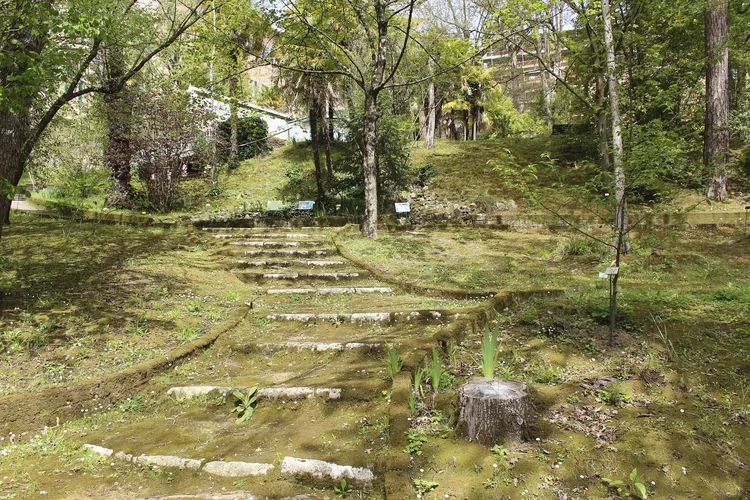
Orto Botanico dell'Università di Siena
SienaThe Botanical Garden of the University of Siena, also known as Orto Botanico dell'Università di Siena, is a botanical garden that spans across 2.6 hectares. It is situated in the beautiful city of Siena, Italy. This garden is a part of the university and is a member of the Botanic Gardens Conservation International (BGCI).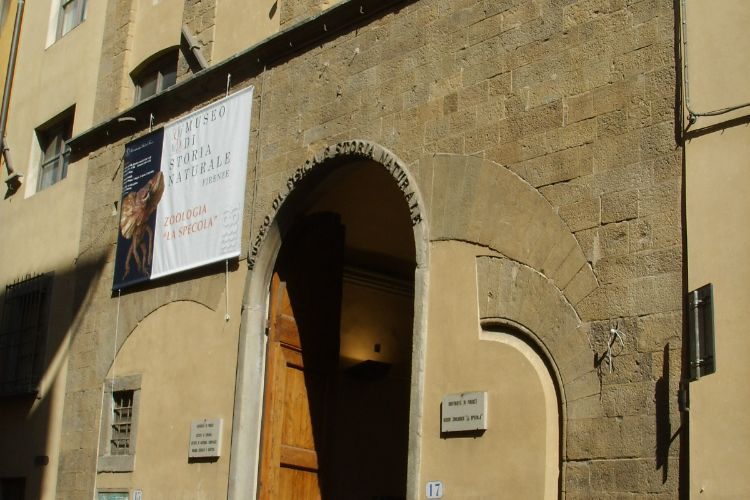
La Specola - Museum of Zoology and Natural History
FlorenceLa Specola - Museum of Zoology and Natural History is a natural history museum in Florence. The name is a reference to the astronomical observatory founded here in 1790. The museum's collection is based on the Medici Natural History Collection and is best known for its collection of anatomical wax m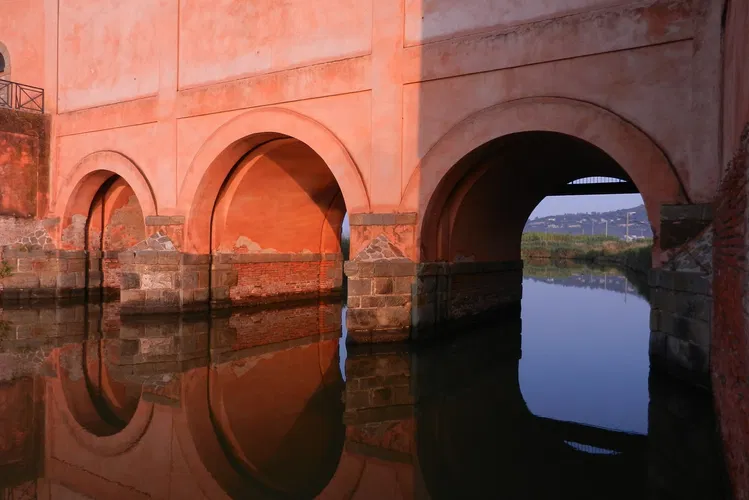
Museo Multimediale della Casa Rossa Ximenes
Castiglione della PescaiaThe Casa Rossa Ximenes Multimedia Museum serves as the visitor center for the Diaccia Botrona nature reserve in Castiglione della Pescaia. This unique building was designed and built by engineer and mathematician Leonardo Ximenes in 1765, during the reclamation of the Maremma Grossetana, commissioned by the Grand Duke of Tuscany Pietro Leopoldo di Lorena. The complex was tasked with controlling the flow of water between the vast marshy area of Lake Castiglione and the Tyrrhenian Sea, as it was believed that malaria was due to the miasmas exhaled by the unhealthy mixing of swamp water with sea water.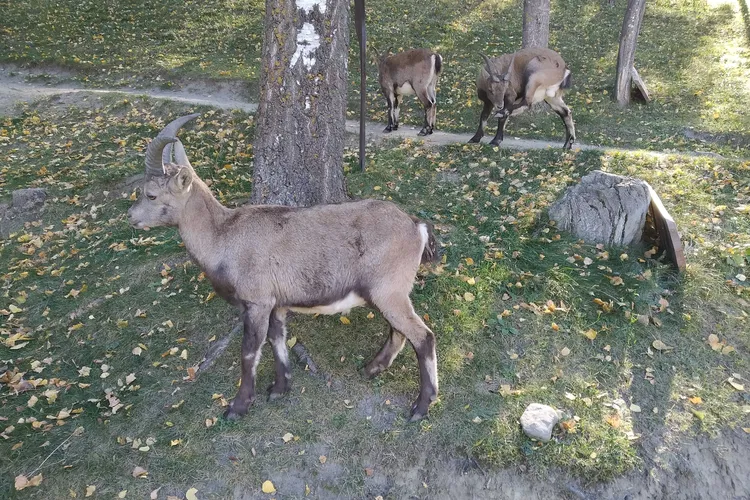
Parc Animalier d'Introd
IntrodThe Parc Animalier d'Introd is an Italian animal park located in the scenic Aosta Valley. It was established with the aim of promoting tourism in the local community. The park is home to a variety of alpine animals and plants, making it a great destination for nature lovers.
Museo Geologico Giovanni Capellini
BolognaMuseo Geologico Giovanni Capellini (The Geological and Paleontological Museum is a museum in Bologna that is the largest paleontological museum in Italy. It is named after Giovanni Capellini, an Italian geologist and paleontologist. Currently the collection shows more than five hundred years of educ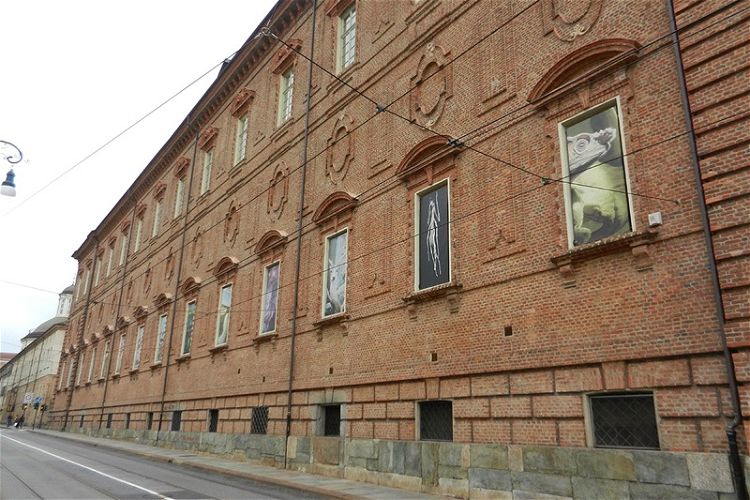
Turin Museum of Natural History
TurinThe Turin Museum of Natural History (Museo Regionale di Scienze Naturali di Torino, MRSN) is a museum in Turin that holds the natural history collections of the University of Turin and other collections related to natural history. The museum is housed in the former hospital of San Giovanni Battista,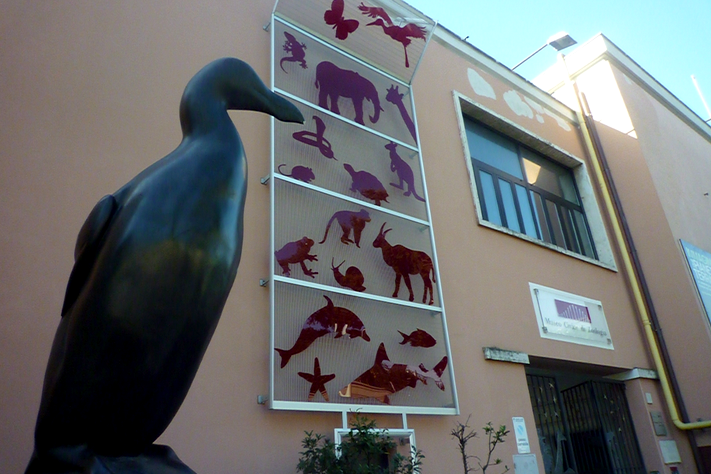
Museo Civico di Zoologia
RomeMuseo Civico di Zoologia is a natural history museum in Rome that specializes in fauna and its evolution throughout history. Its collections include conches, several insects, and over 290 artifacts from mammals, some of which are today extinct. Highlights in the museum include the skeleton of a comm- 8
Naturparkhaus Puez-Geisler - Centro Visite Parco Naturale Puez-Odle
Santa MaddalenaHoused in a modern building, this center introduces the Puez-Odle Nature Park. Familiarize yourself with its flora, fauna and geology here. 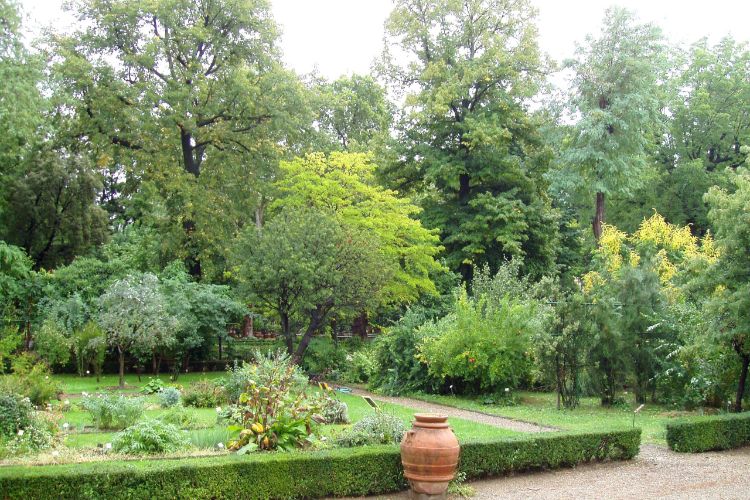
Giarino dei Semplici
FlorenceFounded in 1545 by Cosimo I de' Medici and designed by Niccolò Pericoli, an Italian Mannerist artist, the Giarino dei Semplici is the third oldest botanical garden in Europe. Originally, only medicinal plants were grown here, but the garden was enlargened in the 18th century (during the reign of Cos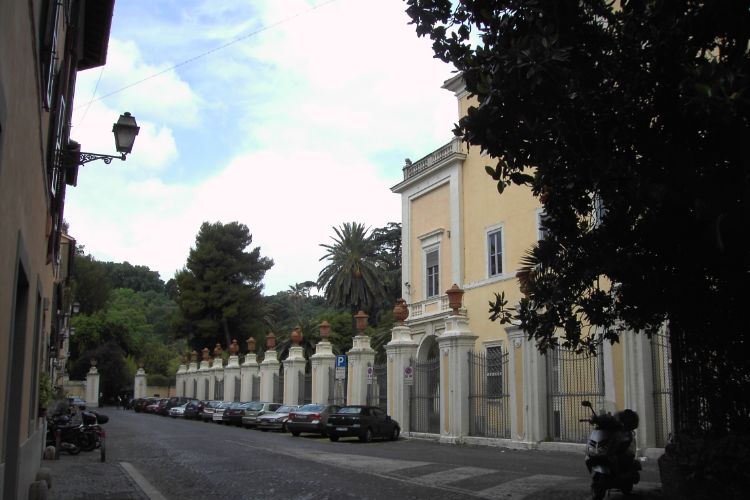
Museo Orto Botanico
RomeThe Orto Botanico dell'Università di Roma "La Sapienza", also Orto Botanico di Roma, is a botanical garden that was created in 1883 as the successor to the Renaissance papal botanical gardens. It is located on the hillside of Gianicolo Hill, overlooking the 17th-century Palazzo Corsini, where Queen
Paleontology museum
NaplesThe Museum of Paleontology of Naples is a museum in Naples in Italy that is housed in the Cloister of Saints Marcellino and Festo. The museum exhibits several collections: fish fossils, mammal fossils, plant fossils and fossils of reptiles.- 12
Giardino Botanico Daniela Brescia
Sant'Eufemia a MaiellaThe Giardino Botanico Daniela Brescia is a botanical garden situated in Sant'Eufemia a Maiella, Italy. It spans an impressive area of 43000 m², offering ample space for visitors to explore and enjoy the diverse plant life. The garden's location in the heart of Italy makes it easily accessible for tourists from all over the country and beyond. - 13
Federico Eusebio Civic Museum of Archaeology and Natural Sciences
AlbaThe Federico Eusebio Civic Museum of Archaeology and Natural Sciences is a museum situated in the city of Alba, in the province of Cuneo. This location makes it easily accessible for tourists visiting the region. - 14
Centro Visite del Parco Naturale di Fanes-Senes-Braies San Vigilio di Marebbe
MarebbeDid you know that the Dolomites originated as a coral reef? Learn which habitats you can find in the Fanes-Senes-Braies Park and a lot more! - 15
Museo Della Frutta
TurinThe Museo Della Frutta (The Turin Fruit Museum) is a museum in Turin that exhibits a collection of over 1,000 artificial fruits, made by Francesco Garnier Valletti (Giaveno 1808 - Turin 1889). Furthermore, the museum illustrates the history of the Experimental Institute for Plant Nutrition, since it - 16
Civico Museo Didattico di Scienze Naturali Mario Strani
PineroloThe Civico Museo Didattico di Scienze Naturali Mario Strani is a museum situated in Pinerolo, a city in the Metropolitan City of Turin. Established in 1979, the museum offers a unique opportunity to explore the natural sciences in a historical setting. - 17
Orto Botanico
BolognaThe Orto Botanico dell'Università di Bologna, also known as the Orto Botanico di Bologna (or simply Orto Botanica), is a botanical garden in Bologna in Italy that is operated by the University of Bologna. The botanical garden is home to about 5,000 specimens that represent 1200 taxa. Its site is rou - 18
Francesco Minà Palumbo Naturalistic Museum
CastelbuonoThe Francesco Minà Palumbo Naturalistic Museum is a tribute to the life and work of Francesco Minà Palumbo, a naturalist doctor from Castelbuono. The museum showcases the collections created by Palumbo during his extensive studies of the Madonie region between 1837 and 1899.